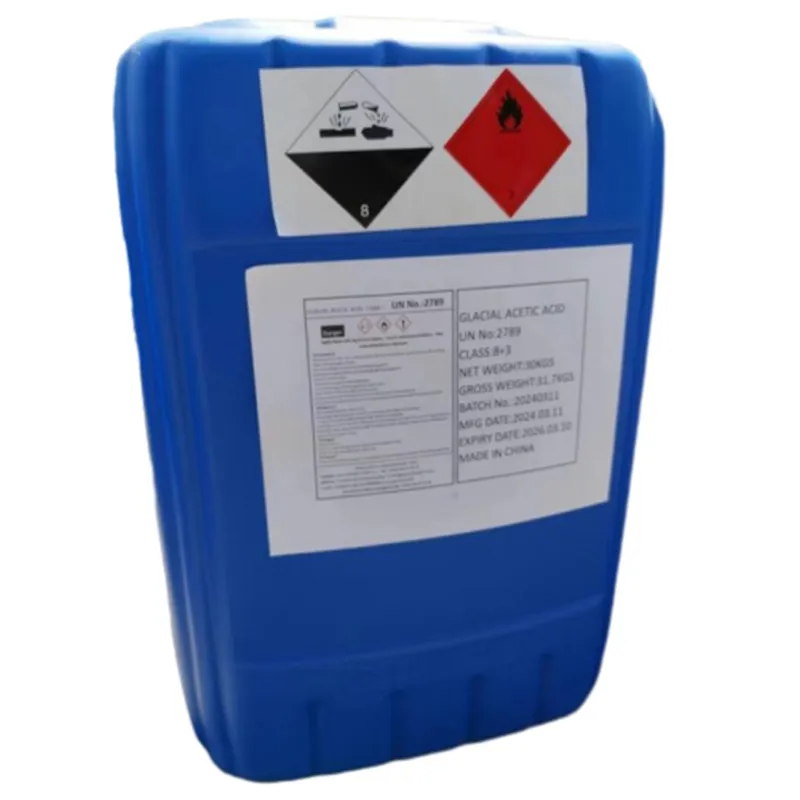
Understanding the Role of Acidity Regulators in Food Preservation and Flavor Enhancement
Understanding Acidity Regulator INS 330 A Comprehensive Overview
Acidity regulators play a crucial role in the food and beverage industry, helping maintain the desired pH levels, enhance flavors, and improve the shelf life of products. Among these regulators, INS 330, known as citric acid, stands out for its widespread applications and safety profile. This article explores the characteristics, uses, and safety considerations of INS 330.
What is INS 330?
INS 330 refers to citric acid, a weak organic acid that is naturally found in citrus fruits such as lemons, limes, and oranges. It is colorless and has a sour taste, making it an effective flavor enhancer. Citric acid is commonly produced through the fermentation process of sugar by certain strains of mold, making it widely available and cost-effective for food production.
Uses of INS 330 in the Food Industry
Citric acid serves multiple purposes in the food industry
1. Acidulant As an acidity regulator, it lowers the pH of foods and beverages, providing a tart flavor that enhances the overall taste profile. This is particularly common in soft drinks and fruit juices.
2. Preservative Citric acid acts as a natural preservative, protecting against bacteria and molds, which can spoil food. This property extends the shelf life of perishable items, ensuring they remain safe for consumption longer.
3. Antioxidant By chelating metal ions that can catalyze oxidative reactions, citric acid helps prevent the deterioration of color and flavor in products, especially in those containing fats and oils.
acidity regulator ins 330

4. Emulsifier In products like dressings and sauces, citric acid aids in the emulsification process, allowing oil and water-based ingredients to mix effectively.
5. pH Buffering Agent In various food formulations, citric acid helps stabilize pH levels during processing and storage, ensuring consistent quality.
Applications Beyond Food
While INS 330 is predominantly recognized for its role in food, it has various applications beyond the culinary realm. The cosmetic industry utilizes citric acid in skincare products for its pH balancing and exfoliating properties. It's also found in cleaning products due to its ability to dissolve mineral deposits and enhance cleaning efficacy. Additionally, the pharmaceutical industry employs citric acid as a buffering agent in medications.
Safety and Regulatory Status
INS 330 is generally recognized as safe (GRAS) when used in appropriate amounts, according to the U.S. Food and Drug Administration (FDA) and the European Food Safety Authority (EFSA). It has been extensively studied and is permitted in many countries for use in food products. However, like any substance, excessive consumption can lead to health issues, such as gastrointestinal discomfort or allergic reactions in sensitive individuals.
Conclusion
INS 330, or citric acid, exemplifies the importance of acidity regulators in the food industry and beyond. Its versatility as an acidulant, preservative, antioxidant, and emulsifier makes it invaluable for maintaining food quality, safety, and flavor. As consumer demand for natural and safe food additives continues to rise, citric acid's profile is likely to remain prominent. Understanding its benefits and applications can help consumers and industry professionals alike appreciate the role of INS 330 in everyday products.
In summary, INS 330 is not only pivotal for food preservation and flavor enhancement but also plays a key role in various sectors, reflecting its significance across multiple industries. Whether enjoyed in a fizzy drink or a favorite salad dressing, citric acid is a fundamental component that contributes to the sensory experience of food and safety in consumption.
-
Understanding Synthetic Rubber OptionsNewsApr.27,2025
-
Trichloroisocyanuric Acid: Essential for Clean and Safe WaterNewsApr.27,2025
-
Sodium Dichloroisocyanurate: Key to Safe Water TreatmentNewsApr.27,2025
-
Sodium Acid Pyrophosphate: Essential in Modern Food ProcessingNewsApr.27,2025
-
Essential Water Treatment ChemicalsNewsApr.27,2025
-
Denatured Alcohol and Its Industrial UsesNewsApr.27,2025
-
The Versatile Uses of Sodium BicarbonateNewsApr.24,2025
Hebei Tenger Chemical Technology Co., Ltd. focuses on the chemical industry and is committed to the export service of chemical raw materials.
-

view more DiethanolisopropanolamineIn the ever-growing field of chemical solutions, diethanolisopropanolamine (DEIPA) stands out as a versatile and important compound. Due to its unique chemical structure and properties, DEIPA is of interest to various industries including construction, personal care, and agriculture. -

view more TriisopropanolamineTriisopropanolamine (TIPA) alkanol amine substance, is a kind of alcohol amine compound with amino and alcohol hydroxyl, and because of its molecules contains both amino and hydroxyl. -

view more Tetramethyl Thiuram DisulfideTetramethyl thiuram disulfide, also known as TMTD, is a white to light-yellow powder with a distinct sulfur-like odor. It is soluble in organic solvents such as benzene, acetone, and ethyl acetate, making it highly versatile for use in different formulations. TMTD is known for its excellent vulcanization acceleration properties, which makes it a key ingredient in the production of rubber products. Additionally, it acts as an effective fungicide and bactericide, making it valuable in agricultural applications. Its high purity and stability ensure consistent performance, making it a preferred choice for manufacturers across various industries.











